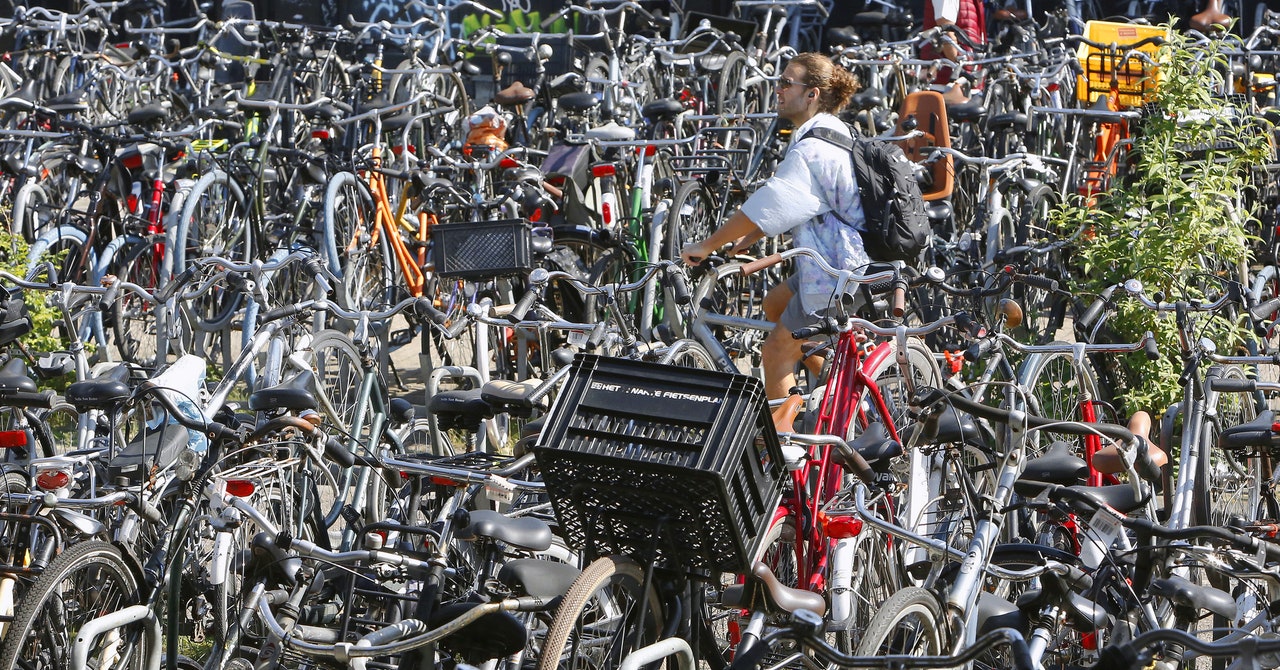
Transportation produces about a quarter of the world’s greenhouse gas emissions, and passenger vehicles account for over half that figure. As such, nearly every plan for future emissions cuts includes some variant of getting people out of internal-combustion vehicles—typically into electric versions of the same vehicle. But a couple of countries have managed an alternate route to lower emissions: Denmark and the Netherlands both have bicycle-focused transportation that gets many people out of cars entirely.
An international team of researchers decided to look into what factors have enabled these countries to make that shift and what might happen if more countries adopted a similar transportation focus. Two conclusions are clear: It’s hard to get reliable data on bicycles, and bicycle-focused transportation could eliminate emissions equivalent to that of a decent-sized industrialized country.
How Many Bikes Are There?
We have very good figures on the use of motor vehicles through government-required licensing and registration data. For bicycles, this is almost never the case, so the researchers had to estimate the number of bicycles present in most countries. To do so, they took figures on manufacturing, imports, and exports and combined them in a model with information on how long bicycles typically last before being junked. The data runs up to 2015, so it’s already a bit out of date, as the pandemic has boosted cycling in many countries. But the countries they were able to make estimates for comprise 95 percent of global GDP.
Data on vehicle use isn’t available in every country. In some cases, it was estimated based on local data from within the country; in others, the estimate was derived from countries with similar demographics.
At least on sheer numbers, bicycles are far more prevalent than cars, with over 4.5 billion bikes produced since the 1960s, about 2.4 times the number of cars. Over half of these have ended up in just five countries: China, the US, India, Japan, and Germany, with China having nearly a quarter of the global bike total. Per capita, however, the numbers were quite different, with smaller, wealthier countries having the highest bike-to-body ratios. Places like Denmark, the Netherlands, and Norway all have more than one bike per person.
Overall, the researchers broke countries down into five categories. One of these categories included low-GDP countries with few cars or bicycles. Another category, which includes China, Chile, and Brazil, had car ownership that grew rapidly but from a low level and bicycle ownership that grew slowly or not at all. A similar category included the same pattern but started from a higher level of ownership of both types of vehicles. This included places like Italy, Poland, and Portugal.
The category that included countries like Australia, Canada, and the US had high levels of ownership for both bikes and cars but tended to use the cars much more often. The researchers ascribed this in part to their “vast land areas.” Finally, the category comprising industrialized European countries was characterized as having very high bicycle ownership and stable levels of car ownership, but with citizens who actually use their bicycles. Here, the authors suggest, “the basic transport needs are met already, and the pursuit for a more environmentally friendly and healthier life has driven the increase of bicycle ownership.”
There are some oddballs cases. Some wealthy societies, like Japan and Switzerland, have lots of cars but a spectacular public transit system that lowers their use. Some wealthy European nations, like Norway, have weather and terrain that discourage cycling. And a range of countries with high rates of traffic deaths, such as Brazil, Russia, and Thailand, also have low levels of cycling.


